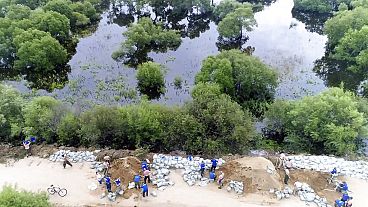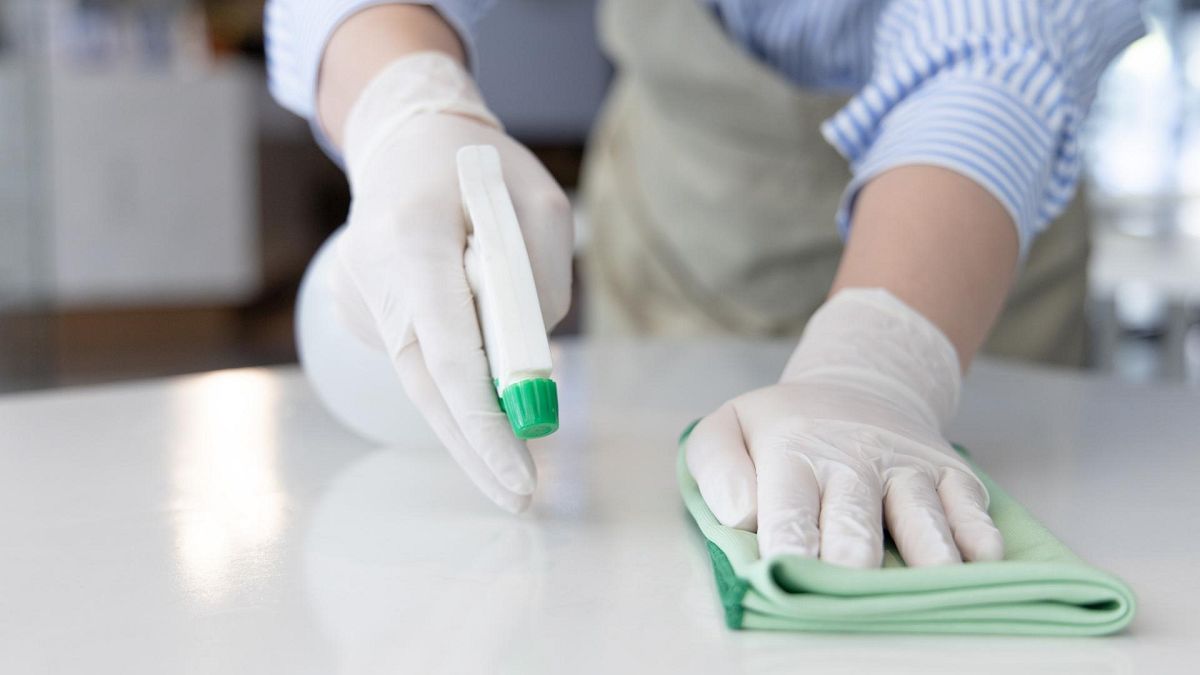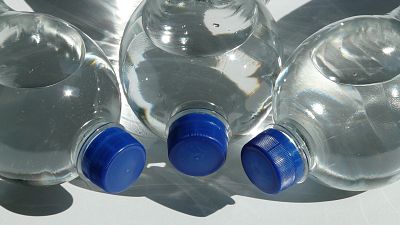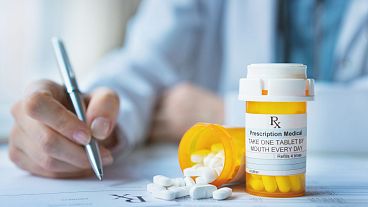Scientists put ‘green’ detergents and eco-friendly dishwashing liquids to the test, and found they’re not necessarily better for the environment.
It’s generally assumed that ‘green’ household products are better for the environment. But is this always the case?
New research has found that such products aren’t necessarily less toxic or more biodegradable than their conventional counterparts.
So-called ‘green’ household cleaning products are booming, with the global market value estimated at $278.52 billion (€278.31 billion) in 2022.
They’re typically labelled as being ‘eco-friendly’, but claims of being less toxic or more biodegradable are rarely tested or verified, say scientists from Virginia Polytechnic Institute and State University and The Citadel, Military College of South Carolina in the United States.
The researchers looked at six different categories of common household products: laundry detergent, dish detergent, mouthwash, insecticide, dishwasher gel and all-purpose cleaners.
They took one ‘green’ product and two conventional products from each category and ran tests on them to see how toxic they were, both directly from the bottle and then after degrading them.
All the green products tested had images of leaves, flowers or plants on their labels, and many included the terms ‘earth’ and ‘green’ directly in the product name.
The products also included claims like “ingredients derived from natural products, including essential oils and coconut-based cleaners”, “contains plant-based surfactants”, “plant-based biodegradable cleaning ingredients”, and “safe for family and environment”.
Are ‘green’ household products more toxic?
The researchers wanted to put these claims to the test.
They looked at whether these ‘green’ products were more or less toxic to aquatic invertebrates as compared to their conventional counterparts, both before and after being degraded.
They exposed two types of organisms - grass shrimps and daphnids - to a solution of each product, both before and after the product was degraded through exposure to simulated sunlight (photodegradation) and separately to an “activated sludge” of microorganisms (biodegradation).
Compared with the ‘non-green’ products, some of the green products were less toxic, some were similar, and some were even more toxic, according to the research.
For example, degraded solutions of the ‘green’ laundry detergent were actually more toxic than either of the degraded conventional products.
None of the green products became less toxic after the biodegradation treatment, but conventional products did in four categories.
And after being degraded by simulated sunlight, only two of the green product solutions (dish detergent and dishwasher gel) became less toxic (33.3 per cent), in contrast to 87.5 per cent of the conventional products which saw decreased toxicity.
Do cleaning products harm the environment?
Unlike pharmaceuticals, household consumer products are typically not ingested by humans, point out the researchers.
“As a result, large quantities of [household consumer products], especially cleaning products, enter the aquatic environment largely unaltered through the release of wastewater effluent and degraded sewage infrastructures,” they say.
Other research has found that specific compounds in these sorts of products are toxic to aquatic organisms and can result in increased mortality, reduced reproduction, retarded growth and physical deformities in such organisms, they add.















